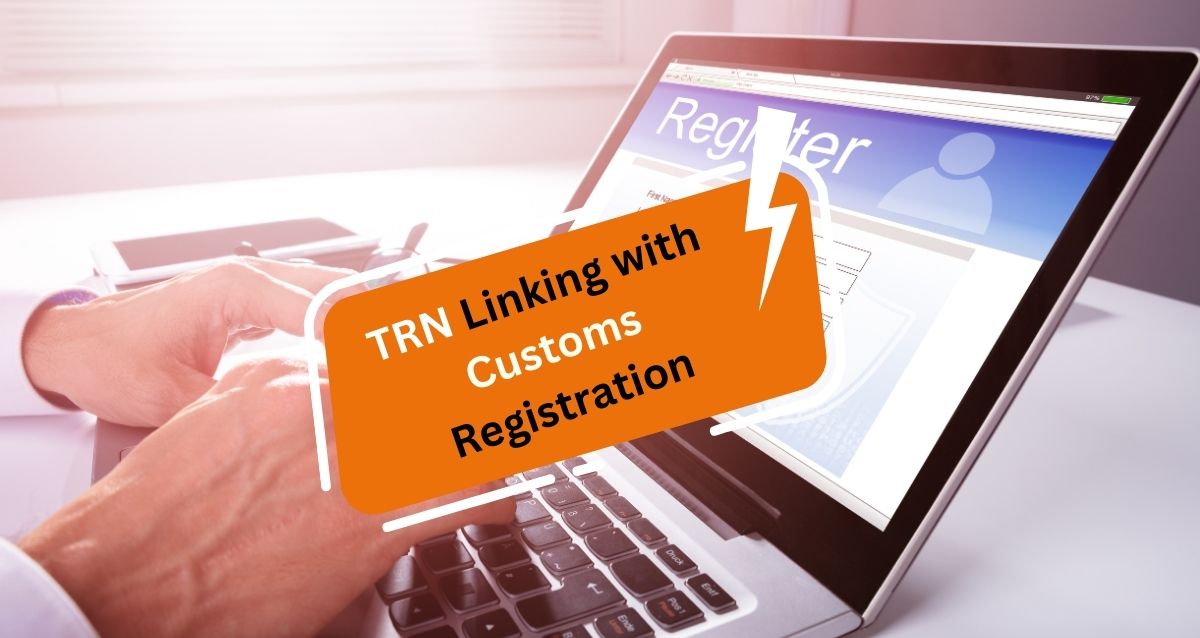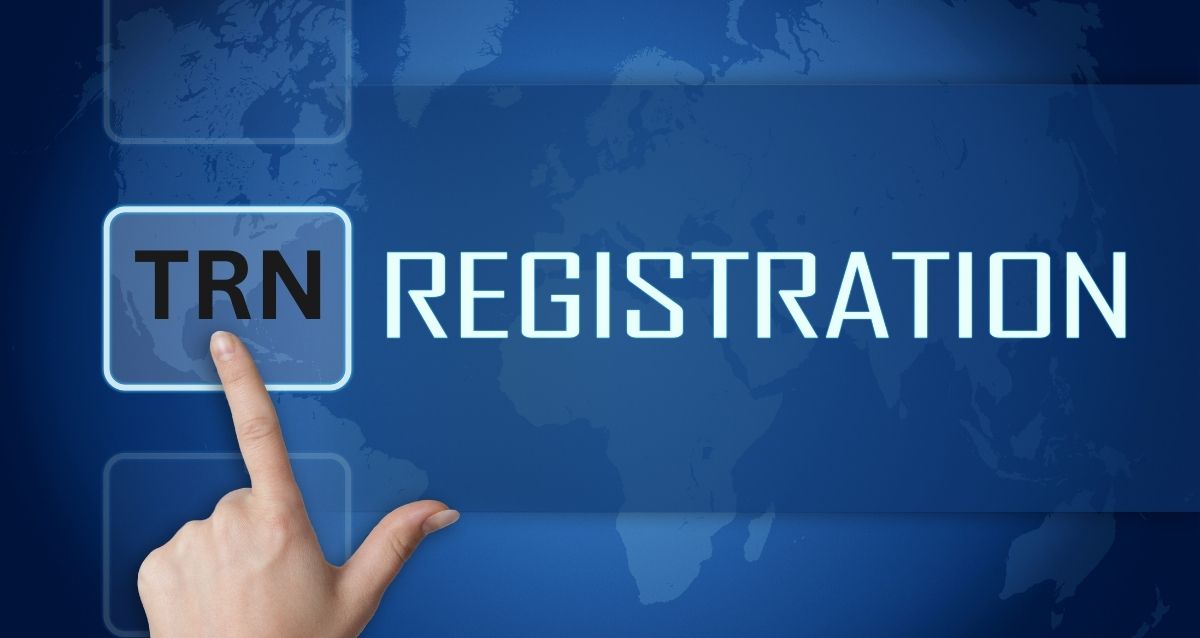Tax Registration Number Linking with Customs Registration
After the value-added tax (VAT) by the United Arab Emirates (UAE) on 1 January 2018, it became mandatory for businesses to pay VAT on imports. However, the UAE-VAT regulations provide a reverse charge mechanism in VAT payment whereby importing business concerns can defer VAT tax on imports by reporting them in their VAT returns.
Nevertheless, this facility is available only to VAT-registered companies, and non-registered importers must pay the VAT tax due in cash when the customs department clears the imports. Businesses registered for VAT are required to link their Tax Registration Number (TRN) with their Customs Registration Number (CRN) to utilize this facility.
Intending to collect VAT on imports, the Federal Tax Authority(FTA) in the UAE is working hand in hand with the UAE customs departments, including Dubai Customs, to streamline VAT collection and customs clearance. After successful VAT registration certificate, businesses receive a VAT registration certificate, which is required for linking their TRN with customs systems. If you are wondering how it works, continue reading.
What is a Tax Registration Number in the UAE?
When a business registers itself for UAE-VAT purposes, only VAT registered businesses are assigned a unique 15-digit code, the Tax Registration Number (TRN), by the FTA. The TRN is reflected in the business's FTA profile for compliance purposes. It is the same as the VAT registration number, and the FTA tracks the business transactions of a company by its TRN.
How to Get a TRN Number Online in UAE
If you’re planning to operate a business in the UAE and your taxable turnover meets the threshold, obtaining a TRN (Tax Registration Number) is mandatory. If you're concerned about double taxation, you may also consider applying for a Tax Residency Certificate (TRC). Here’s how you can get your TRN number online through the Federal Tax Authority (FTA) portal, by completing the application via the FTA's e-services portal:
Difference between TIN and TRN in the UAE
Here’s a clear table highlighting the difference between TIN and TRN in the UAE:
|
Aspect |
TIN (Tax Identification Number) |
TRN (Tax Registration Number) |
|---|---|---|
|
Full Form |
Tax Identification Number |
Tax Registration Number |
|
Issued By |
Federal Tax Authority (FTA) or the relevant authority for international reporting |
|
|
Who Needs It |
Individuals and businesses with international tax obligations |
Businesses in the UAE meeting the VAT registration threshold |
|
Usage Scope |
Broad — for global tax reporting, FATCA, CRS, banking, etc. |
Narrow — specific to VAT returns, invoicing, and tax compliance in UAE |
|
Format |
Not publicly standardised; varies based on type |
15-digit number (e.g., 100123456700003) |
|
Applies To Individuals? |
Yes, especially those with foreign income or reporting needs |
No, unless the individual is running a taxable business or freelance activity |
|
Applies To Businesses? |
Yes, especially those involved in cross-border operations |
Yes, for businesses with taxable supplies exceeding AED 375,000 annually |
|
Registration Requirement |
Not always mandatory unless dealing with international tax matters |
Mandatory for businesses exceeding the VAT threshold in UAE |
|
Main Legal Reference |
OECD guidelines, FATCA, CRS regulations |
UAE VAT Law and FTA regulations |
In essence, the TIN number in the UAE, TRN, and VAT number often refer to the same number assigned by the FTA; however, TIN can also refer to identifiers used for international tax compliance.
How Does a TRN Help in Deferring VAT Tax Payments on Imports?
Businesses can clear imported products without paying VAT during import clearance if they produce their Tax Registration Number (TRN) to the customs department. A customs officer in the UAE verifies the Tax Registration Number (TRN) in the customs system. Once the TRN is confirmed, the customs system will electronically update the records to reflect the latest status.
Suppose such a verification proves that the business is VAT-registered with a valid TRN; the customs department will allow the passage of imported goods without immediately paying VAT at that stage. The TRN status is updated in the customs system, which helps VAT-registered businesses by enabling faster customs clearance and improved cash flow.
If you have not yet linked your TRN with Customs Registration, you can do so in three ways, as listed below:
Method One—In the FTA Portal, update your Customs Registration Number
There are several options for linking your Tax Registration Number (TRN) with your Customs Registration Number (CRN) to ensure proper VAT processing and compliance.
-
Start by logging into the Federal Tax Authority’s (FTA) e-Services site.
-
Update your customs registration number on your FTA profile.
Please note that you can enter data for multiple customs registration numbers by clicking on Edit before entering the data.
Method Two—Use the Import Declaration Form
Here are the steps to complete the Import Declaration Form VAT301 for your VAT declaration:
-
Initiate the process by submitting your customs declaration using the standard procedures’ customs declaration number.
-
Gain access to the FTA E-service site by using your TRN-linked username and password.
-
Click on “VAT301 - Import Declaration Form for VAT Payment” under the VAT tab on the FTA eServices Portal to input the following:
-
Enter the port of entry,
-
customs declaration number, and
-
declaration date.
-
-
You will then receive your TRN number.
-
You need to submit the form after all required information is provided to ensure the customs declaration process is completed.
If you choose to defer VAT payment, you can do so until you file your VAT return for the relevant period.
After completing all the steps mentioned above, the FTA will electronically amend the customs declaration at the customs department to reflect the completion of the VAT payment.
Method Three—Link your TRN with Custom Registration Through the Customer Service Department
-
Submit your TRN to the customs department office.
-
A customs officer will verify the authenticity of your TRN on the official site.
-
Once the customs officer establishes the authenticity of your TRN, the customs department will update your TRN on their system.
The customs department is dedicated to providing excellent service to its customers, ensuring a smooth and efficient process.
What is the Processing Time to Obtain a TRN Certificate in the UAE?
After submitting your VAT registration, the typical processing time is 5–20 business days, depending on the completeness and accuracy of your application. Upon approval, the TRN certificate will be available for download via the FTA dashboard.
Understanding Tax Registration!
Whether you’re a business owner or an individual involved in taxable services, obtaining your TIN in the UAE is a crucial step toward tax compliance and smoother operations. Understanding the process, documents, and differences between TIN, TRN, and VAT numbers can save you time and ensure regulatory peace of mind.
Need help registering for your UAE TIN or VAT number?
Let the experts at Flyingcolour Tax Consultant guide you through the hassle-free process.
Conclusion
It is advisable for businesses that frequently import goods to link their TRN with their CRN, enabling a smoother and faster flow of goods from the customs department.
Flyingcolour Tax Consultant LLC can work with you to help you choose the most convenient option to link your TRN with your CRN to help you enhance your cash flow management by fast clearance of your imports.
Book your free consultation with us to learn more about our comprehensive services.
FAQ
Q1. How to link VAT in Dubai trade?
To link VAT in Dubai trade, businesses must connect their Tax Registration Number (TRN) with their Customs Registration Number (CRN). This can be done by updating the CRN in the Federal Tax Authority (FTA) e-services portal, submitting the Import Declaration Form (VAT301), or visiting the customs department office where a customs officer will verify and update the TRN in the customs system. Linking your TRN with customs allows you to defer VAT payment on imports until filing your VAT returns, enabling smoother customs clearance and better cash flow management.
Q2. How do I link my TRN with customs?
To link your TRN with customs, you can update your Customs Registration Number (CRN) in the Federal Tax Authority (FTA) e-services portal, submit the Import Declaration Form (VAT301), or visit the customs department office where a customs officer will verify and update your TRN in their system. This linkage allows you to defer VAT payment on imports until you file your VAT returns, facilitating smoother customs clearance.
Q3. Are TRN and VAT the same?
No, the Tax Registration Number (TRN) and VAT are not the same. The TRN is a unique 15-digit number assigned to businesses registered for VAT by the Federal Tax Authority (FTA) in the UAE. It is used to identify the business for VAT purposes, while VAT (Value Added Tax) is the tax applied to goods and services. The TRN is essential for businesses to comply with VAT regulations, file VAT returns, and link with customs for import VAT processes.
Q4. How do I register for VAT in Dubai?
To register for VAT in Dubai, businesses need to apply through the Federal Tax Authority (FTA) e-services portal. They must meet the mandatory registration threshold of AED 375,000 in taxable supplies and imports over the past 12 months. Once registered, businesses receive a VAT registration certificate and a unique Tax Registration Number (TRN), which is essential for VAT compliance and linking with Dubai Customs for import processes.
To learn more about How To Link TRN With Customs Registration, book a free consultation with one of the Flyingcolour team advisors.
Disclaimer: The information provided in this blog is based on our understanding of current tax laws and regulations. It is intended for general informational purposes only and does not constitute professional tax advice, consultation, or representation. The author and publisher are not responsible for any errors or omissions, or for any actions taken based on the information contained in this blog.


